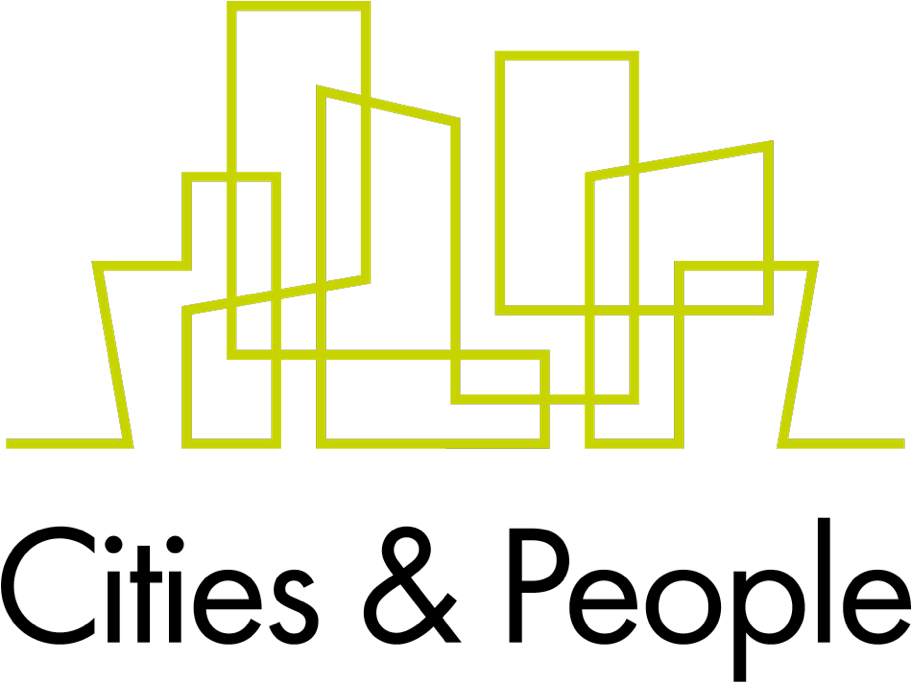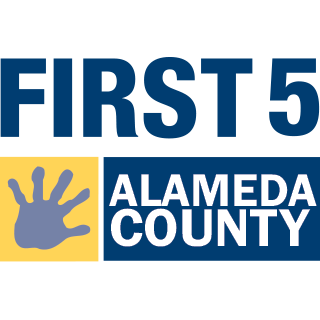First 5 Alameda County is an innovative public entity created in 1998 that helps young children grow up healthy and ready to learn during the most important time in their development. With more than two decades of experience funding innovative programs and advocating for policies, First 5 produces better futures for children. We've been grateful to partner with First 5 Alameda County as well as their four Neighborhood Ready for School grantees over the past year. These grantees include Lincoln Families, Roots Community Health Center, the San Antonio Family Resource Center, and the Union City Family Center.
In 2022-2023, First 5 invested more than $3 million in four neighborhoods across Alameda County—three in Oakland and one in Union City—and brought on our team at Cities & People Advisors to facilitate a strategic work planning process specific to the initiative to help identify areas of opportunity. We worked in partnership with the four community partners to create four year work plans and new data profiles showing the impact of their work and ensuring that there is a clear and defined path forward.
Our collaboration allowed us to listen deeply to our community partner’s concerns and questions, and to support them to establish a set of goals with individual steps, timelines, and clear expectations around contributions and roles from both staff at First 5 as well as community partners.
California is well-known to be a firmly "blue" state with a rising population and a majority of people of color, but no matter how strong the state’s liberal reputation is, entrenched "red" districts, a fair number of "purple" districts, and enough blue-red flipping districts exist to keep organizers on their toes. In particular, as they looked ahead to the 2018 election, funders and political organizers focused their concerns on two "purple" regions: the Inland Empire and Orange County.
The California Public Leadership Pipeline Project—a collaborative of Emerge California, the New American Leaders Project, Progressive Majority, and Wellstone Action—asked us to conduct a landscape analysis and make recommendations for the development of a comprehensive elected leadership pipeline in three California counties (Orange, Riverside, and San Bernardino) to identify, train, and support progressive leaders, particularly those from low-income communities, communities of color, and immigrant communities.
After conducting numerous interviews with long-term organizers on the ground, we suggested the most effective potential partnerships to identify electoral opportunities and targeting, recruiting, preparing, and technically and politically supporting progressive leaders, particularly those from low-income communities, communities of color, and immigrant communities. With this information in hand, each of the Project’s four collaborating organizations was able to strategize to enter the three-county space effectively.
When the educational theorist and practitioner Étienne Wenger first studied communities of practice in the 1990s, he theorized that successful communities of practice can best be understood as the dynamic interaction between participants' drive for social connection, their motivation for learning, and their investment in shared leadership. For participants, he argued, the value of membership is found at the intersection of communication, climate, and content. Yet in the philanthropic world and nonprofit sector in the decades since, funder-initiated communities of practice—while often well-intended—disappoint members and reduce innovative outcomes by operating through a traditional top-down structure, with agenda-driven activities designed and implemented by philanthropic consultants, with little or no input from members, much less a sense of shared leadership.
Based on our success in working with communities of practice in the nonprofit and public sectors, PolicyLink asked us to design and lead a three-part staff training on developing, supporting, and evaluating communities of practice to advance local to national initiatives for breakthrough innovations in public projects for the built environment. Leadership and staff from PolicyLink attended the three-part workshop and determined where they might sharpen their approaches to strengthen existing communities of practice, how they can ascertain the effectiveness of communities of practice coming to a close, and how best to approach decision-making about future PolicyLink communities of practice more methodically.





